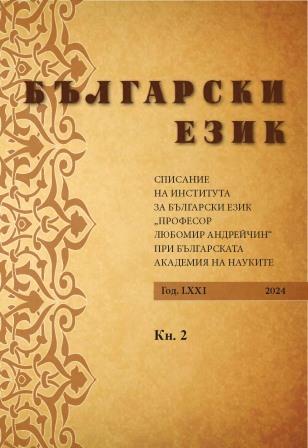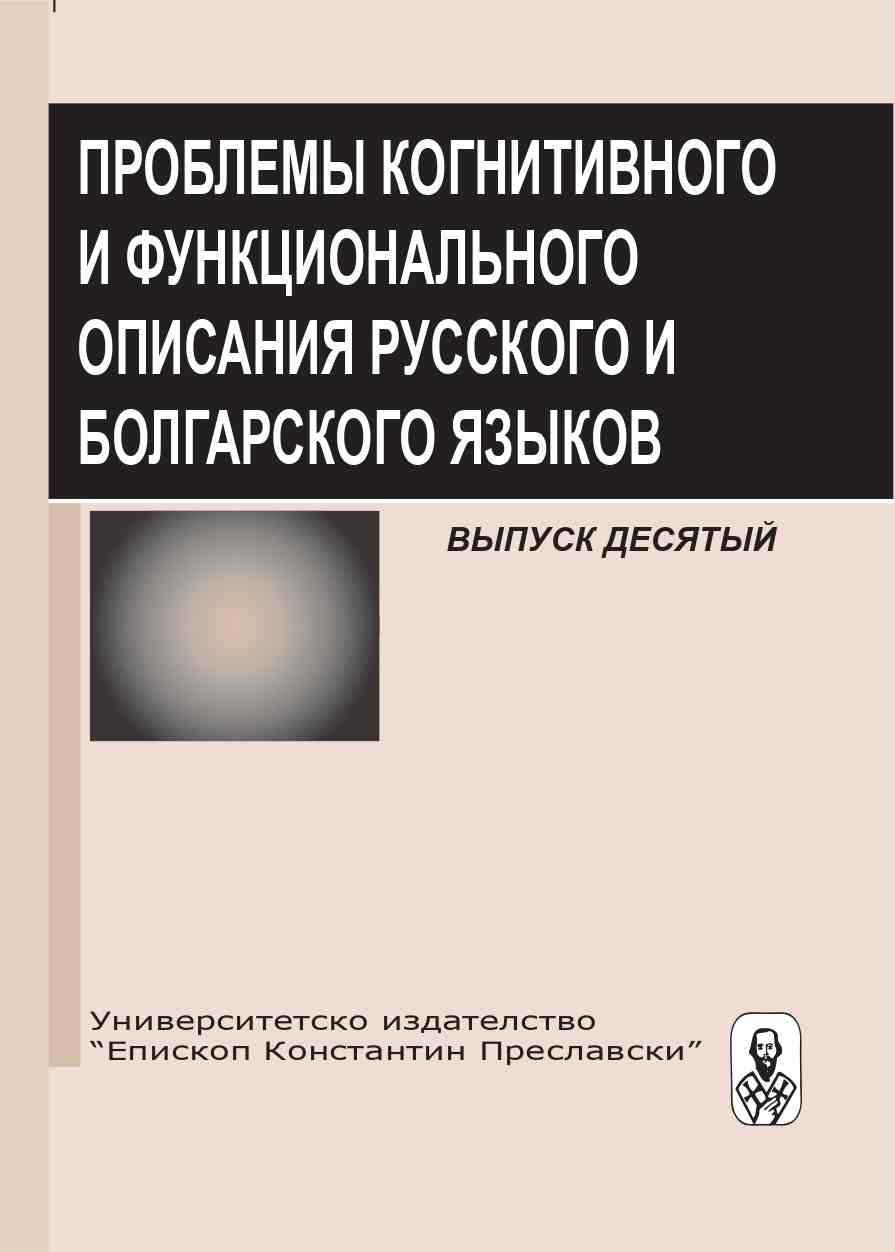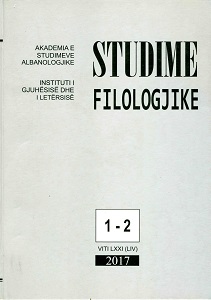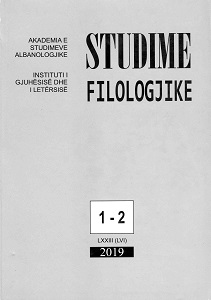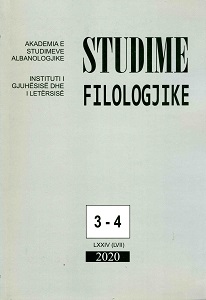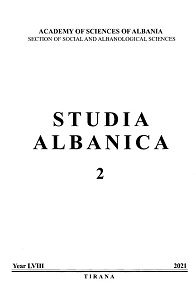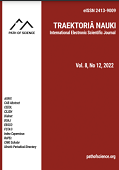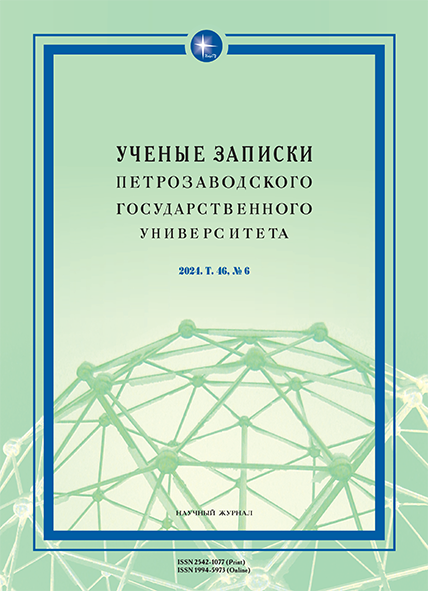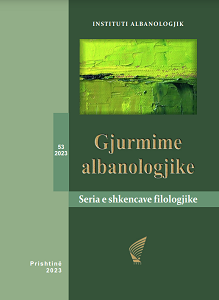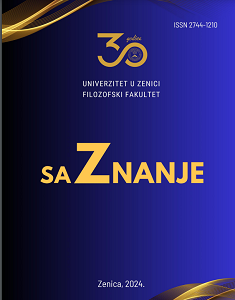Author(s): Begzad Baliu / Language(s): Albanian
Issue: 53/2023
The effort to publish studies and works in the field of lexicography is one of the guiding policies of the prominent bearers of Albanian linguistics: Idriz Ajetit, Abdullah Zajmit, Shefki Sejdiut, Shefkije Islamajt, etc. This process was closely related to the publication of the heritage and its study within the Albanian language and in relation to the neighboring languages, within the semantic richness of its development and in relation to the technical, scientific and professional developments of the time. The publication of works in the field of lexicography is necessarily related to the period when special efforts were being made to standardize the Albanian language and the publication of works mainly in the field of lexicography, terminology and bilingual dictionaries (1966-1982), to continue with the development of knowledge in the field of lexicology, as an effort for Albanian terminology. We are talking about the basic works in the field of Albanian lexicography: DICTIONARY OF THE ALBANIAN LANGUAGE (1965), RUSSIAN-ALBANIAN DICTIONARY (1966), FRENCH-ALBANIAN DICTIONARY (1966), ENGLISH-ALBANIAN DICTIONARY (1966), Nikollë Gazullin, New Dictionary: rare words used in the north of Albania (1968), Pano Tase, New Dictionary: rare words used in the South of Albania (1969) etc. It is about the first corpus of terminological dictionaries: Terminology of botany, Terminology of mathematics and theoretical mechanics, Terminology of atomic energy, Terminology of thermodynamics, Terminology of optics, Terminology of acoustics, Terminology of electromagnetism, Terminology of mechanics, Terminology of electro-technics , Terminology of chemistry, Terminology of geology, Terminology of architecture, Terminology of mining, Terminology of hydraulics, Terminology of literature etc. The pinnacle of these publications is undoubtedly the Dictionary of Today's Albanian Language (1981) and the five-volume project for the publication of Androkli Kostallar's Selected Works, which focus on the lexicon and problems in the field of standardization of literary Albanian, in five volumes: Development directions of Albanian sciences, Albanian literary language and language culture, Problems of lexicology and lexicography, Issues of onomastics and Help for the history of literature. With the publication of the complete works of Professor Androkli Kostallarin, it was claimed to cover several parameters of institutional, scientific and linguistic policy at the same time: first, Professor Kostallari was considered the bard of all scientific developments in Tirana and of political, scientific and educational relations with Kosovo; secondly, Professor Kostallari was considered the bard of the highest achievements in the field of standardization of the Albanian language, a national project for which Professor Idriz Ajeti, Professor Rexhep Qosja, Professor Ali Hadri and most of their generation were committed; third, Professor Kostallari was considered the greatest leader of all projects in the field of lexicography and lexicology, these fundamental fields in the developments of the time; fourth, Professor Kostallari, unlike the researchers in Kosovo, who mainly dealt with historical toponymy, he dealt with toponymy as a structure and as a phonetic, grammatical and semantic system, therefore the publication of his studies in a separate volume brought a picture new in Albanian linguistics in Kosovo; and finally, after the publication of the selected works of Aleksandër Xhuvani, Eqrem Çabej, Selman Riza, Jup Kastrati, Shaban Demiraj, Mahir Domi and Idriz Ajeti, the publication of the complete works of Androkli Kostallar was also the fulfillment of a collegial obligation.
More...
